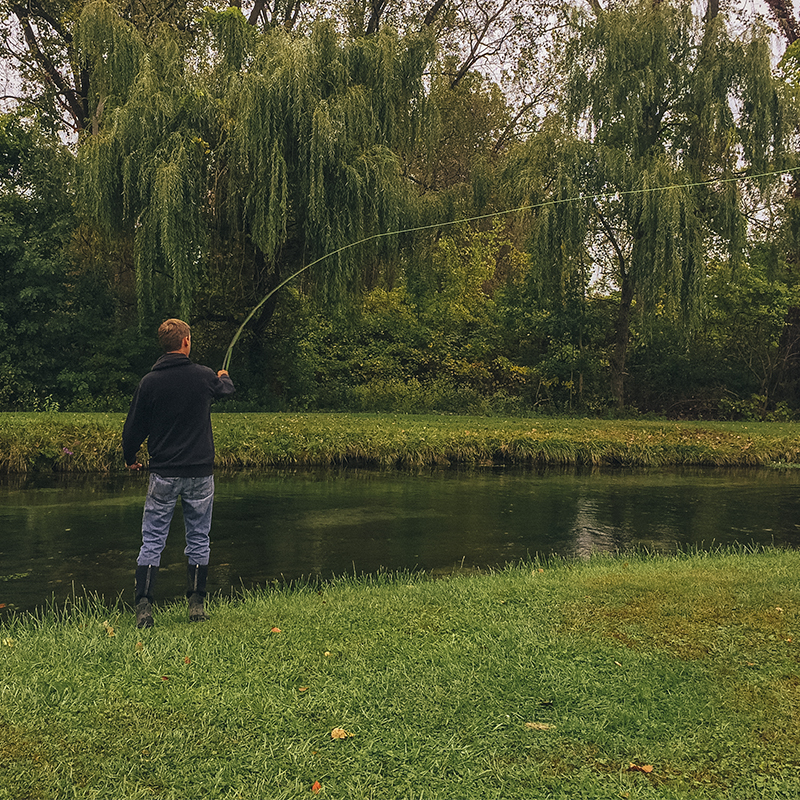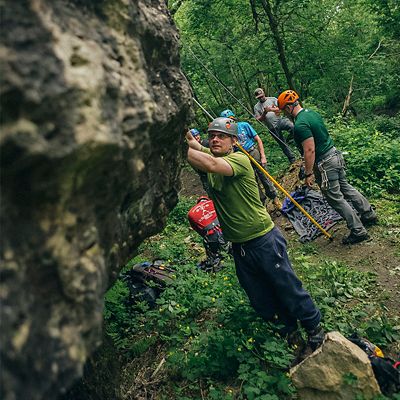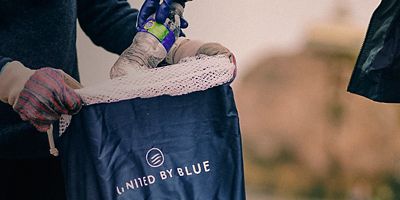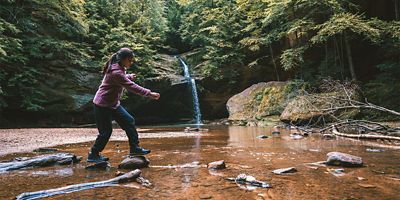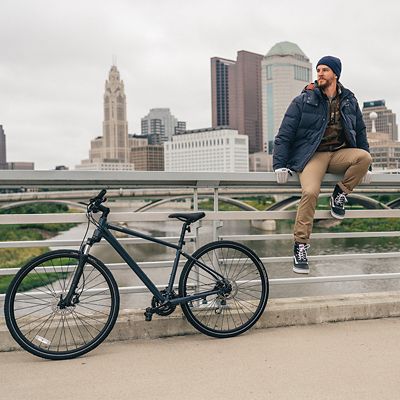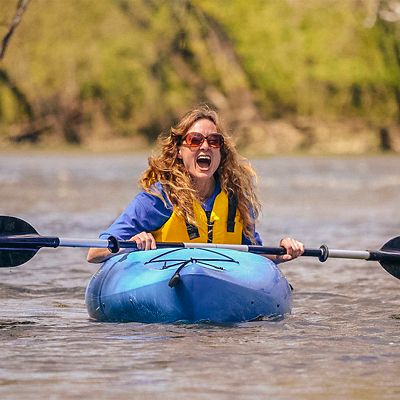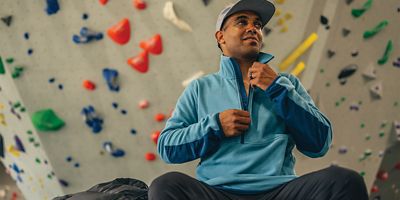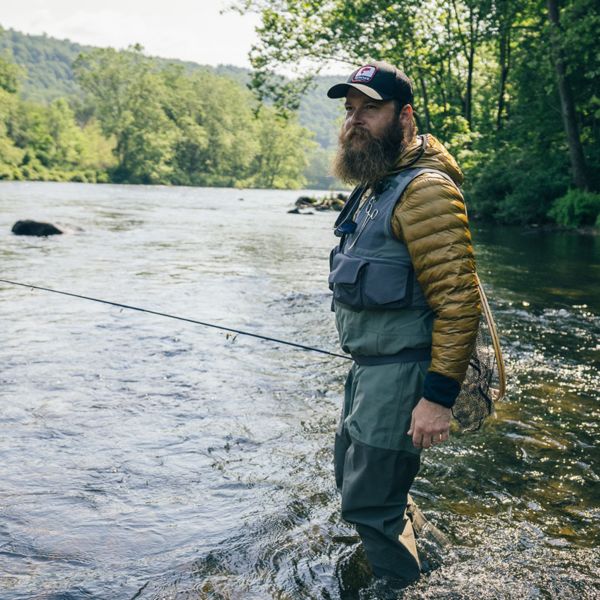Tippet, dry fly, wet fly, blood knot, hopper-dropper: The fly-fishing lingo alone can intimidate a newcomer. And then there’s the amount of gear needed, not to mention the price, multiplied across rod, reel, flies, waders. But don’t let all that bog you down, says Skip Nault, former president of Ohio’s Clear Fork River chapter of Trout Unlimited. Just start simple. “You want to get a decent fly rod and reel,” Nault says. “You’re gonna need to spend about $200.” Once you’ve accepted that up-front cost, he adds, quality gear can last decades.
Basic Gear
It’s more than possible to start fly fishing with the preliminary essentials in hand: a rod, reel, line, a few flies, plus a hemostat (basically, pliers) and nippers. In Ohio, you can quickly begin fly fishing for bluegill and bass—though you’re probably envisioning yourself as Brad Pitt in A River Runs Through It casting for trout. That’s fine, too; Ohio and western Pennsylvania have their share of quality trout streams. Select a rod and flies accordingly. “The first fly I would use is a woolly bugger,” Nault says. “It’s an easy fly to fish. You can fish it in a stream, you can fish it in a lake.” He also warns that a new (or even experienced) fly angler will lose flies, so purchase a handful to get started.
Begin fishing in the summer to avoid the cost of waders right away. You can wet wade—that is, wade right into the water in quick-dry shorts or pants. And if you decide to continue fishing in the winter (after trout are stocked), you can invest in waders then. Plus, you can always rent or borrow gear to try fly fishing before making the commitment to buy (online marketplaces are also a good place to find used gear).

